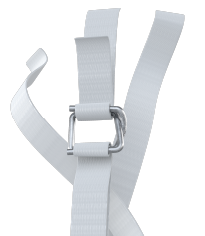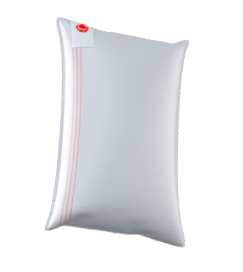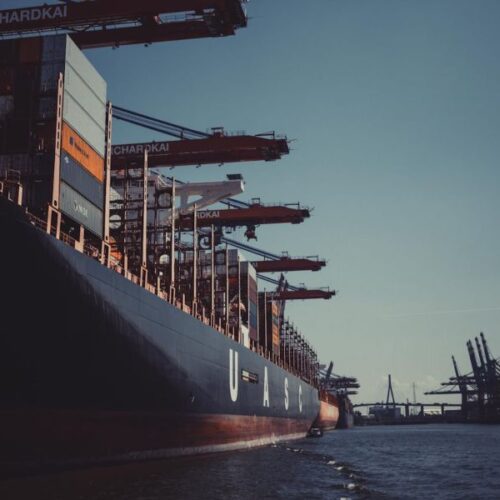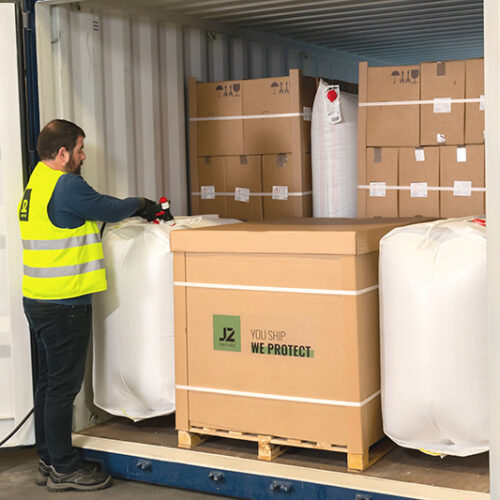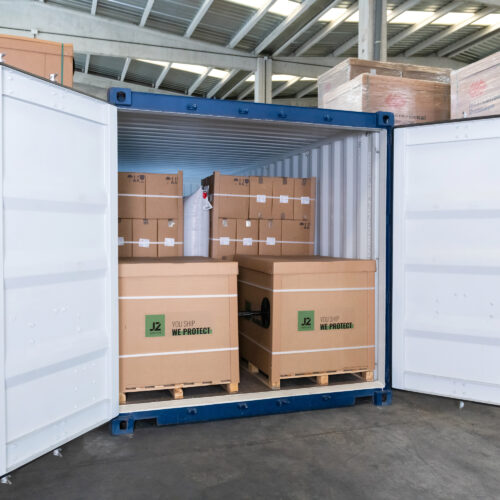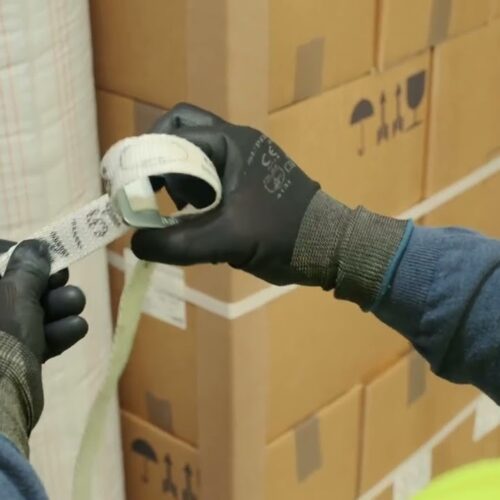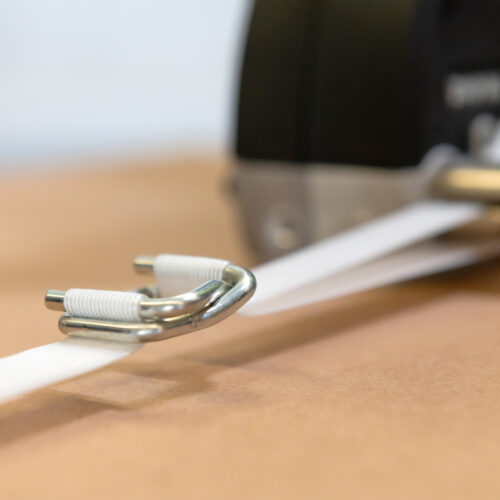The safe securing of loads is a key issue for companies and carriers. Road safety, for example, depends, to a large extent, on the way loads are lashed, secured and fastened to vehicles. Failure to comply with regulations or adopt proper practices can lead not only to difficulties with safety inspectors, but also to serious risk situations for the driver and truck drivers involved in the transport work.
For this reason, in order to ensure adequate security, the European Union recommends that carriers follow a guide for the secure securing of loads. This guide includes the procedures and materials necessary to prevent the loss of cargo and reduce the risks related to the transport of dangerous, fragile or bulky goods.
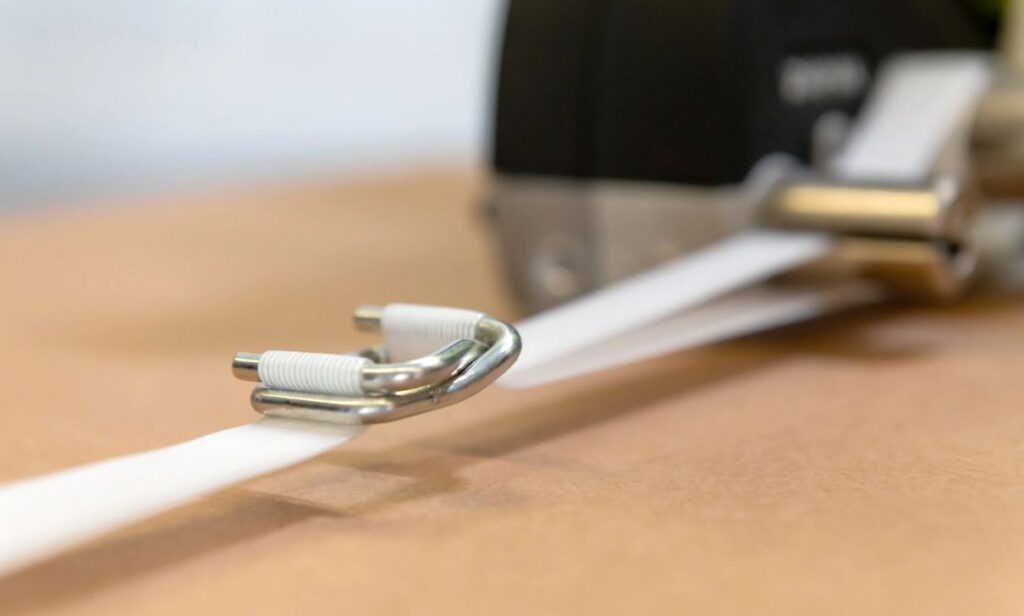
European Union guidelines for load securing
The European Union’s guidance for securing cargo, in essence, states that cargo must be properly packaged, marked and labeled prior to loading.
This means that all cargo must be adequately protected, clearly marked to identify the contents, and labeled in accordance with regulations related to the handling of goods through the proper creation of stowage slips. This information should indicate additional details about the approximate weight, contents and handling of the shipment.
Having packed the cargo well, the next step in the European guide is securing the cargo. This involves the use of cargo securing devices and methods such as straps, ratchets, locking systems, lashing straps, tarpaulins and other means to secure the cargo to the transport without risk to the driver and those in the vicinity of the vehicles. These restraint techniques are essential to prevent injury or damage due to improper load securing and to ensure that transports are carried out safely.
Another of the practices recommended by the European guide is proper load distribution. This involves balancing the load to avoid imbalances that could lead to load tilting or shifting. To achieve a stable load, it is recommended to monitor the distance of the load to the vehicle’s central axis, as well as its exact distribution to compensate the weight and stabilize the goods.
Currently, European guidance recommends carriers to keep records of packaging and securing of cargo in all their transactions. This means that carriers should document the goods, the restraint devices used and the procedures followed, which should comply with all basic requirements at European level.
In short, the aim of complying with European Union safety standards is to ensure adequate packaging, use appropriate materials for securing loads, verify that the goods do not exceed the limits imposed on vehicles and control the conditions of use of securing devices.
These safety measures will help to ensure safe handling of the goods, avoiding accidents and complying with current regulations.


